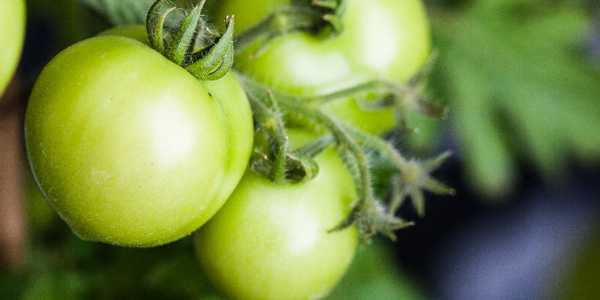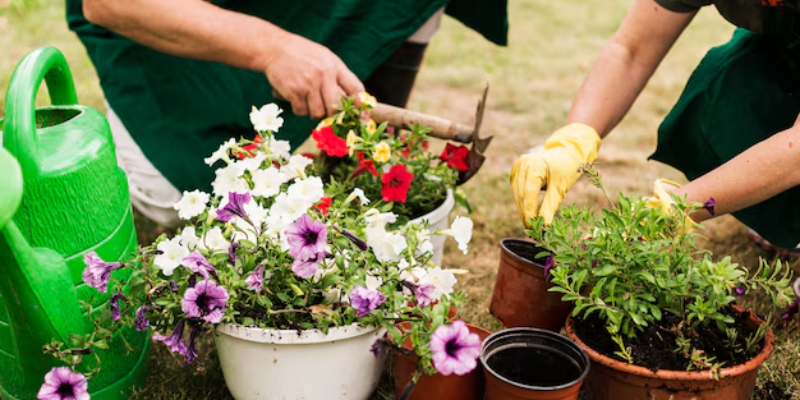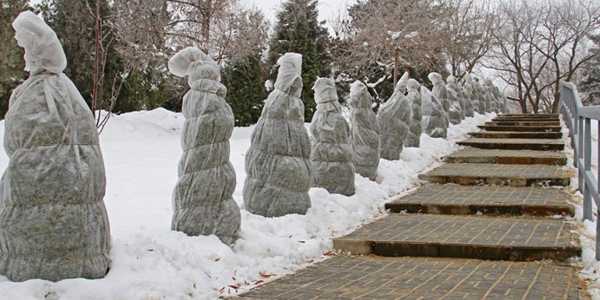How To Stop Soil Freezing In Winter: 8 Simple Tips For Gardener
If you are into gardening like me, you know that winter can sometimes be brutal to our cherished gardens. It feels like one day, your plants are doing fine, and then the next, Jack Frost rolls in and freezes the whole place.
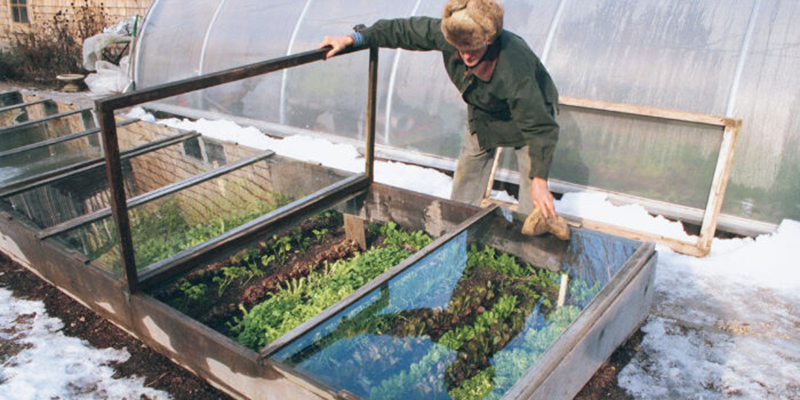
While you might already be focused on protecting plants from frost, what about the soil?
Not only plants but also the soils they reside in need winter care. Let's explore how to keep the soil warm, healthy, and frost-free during winter.
Why Bother Protecting Your Soil?
You may be surprised and ask why anyone should care so much about freezing soil. Soil freezing occurs when the water present in the soil turns into ice.
In addition, frozen soil can harm the root systems, prevent seeds from germinating, and even change the soil structure over time. This can cause a huge setback for your garden when spring begins.
So, taking extra steps to keep that soil cosy is worth the effort.
1. The Magic Of Mulching
Yes, mulch—the gardening hero that doesn't get the attention it deserves. A thick stack of organic mulch over your garden is like a blanket that covers it in a way similar to soil. It insulates the ground, holds moisture, and prevents the top layer from freezing.
Best Mulching Materials:
a. Straw: Lightweight and excellent thermal insulation
b. Pine Needles: Easy to spread and naturally resistant to contracting
c. Wood Chips: Excellent for adding long-term warmth.
d. Leaves: Fast and practically everywhere; make sure they have dried.
e. Bark and Compost: These materials best retain heat while boosting the soil's fertilizer.
Pro Tip: Add mulch after your first hard frost. This ensures the ground stays cool enough to discourage pests from nesting but warm enough to prevent deep freezing.
2. Raised Beds And Pots: Your Winter Allies
This winter is the best time if you have yet to invest in raised garden beds. Why? Raised beds and pots, due to the action of gravity, drain better and warm faster than soil planted directly in the ground
That extra elevation helps isolate the soil from the colder, frozen earth below, keeping it warmer for longer.
Advantages of Raised Beds and Pots:
a. Improved drainage: Waterlogged soil freezes more quickly.
b. Heat retention: The soil warms more quickly during sunny winter days.
c. Year-round benefits: This system also works when you want to keep the soil cool in summer!
3. Preheat Your Soil
Yes, you read it right—first, preheat your soil. The phrase "preheat your soil" may sound like a gardener's science fiction, but it is a very effective method that works marvellously.
Covering garden soil with a black plastic tarp or high-strength landscape fabric helps save the sun's heat from escaping.
How to Preheat Your Soil:
A few weeks before winter begins, lay the black plastic tarp over your garden area.
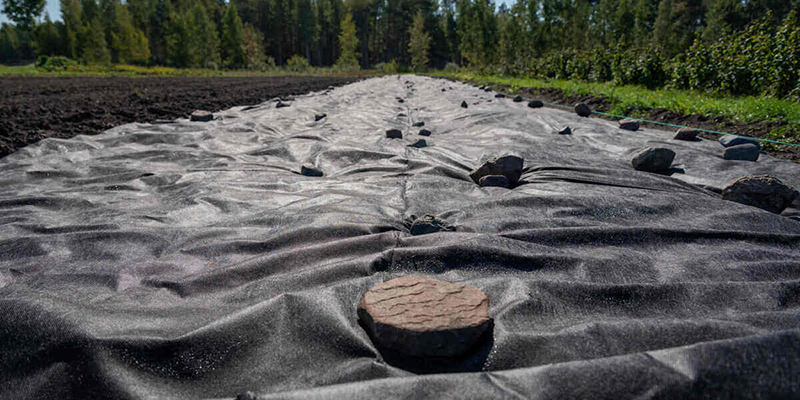
II. Fill the tarp with stones or use garden staples to get a tight edge and keep it in place regardless of the weather.
III. Remove it when the temperatures are mild and put it back on at dusk to get the best results.
This method can also extend your growing season or give early crops a head start come spring.
4. Winter Watering Wisdom
Did you know that wet soil is warmer than dry soil? Well, it's true!
Good watering practices can save the day when the freezing temperatures begin to bite. Watering should be done during the day when the air is slightly below freezing to absorb and circulate the moisture.
Winter Watering Tips:
a. Hydrate before the freeze: Water your garden beds sufficiently a day or two before the first frost.
b. Choose the right time: Water while the sun is out to warm the soil slightly.
c. Avoid frozen soil: Do not water frozen soil, as it will not absorb moisture and, in turn, damage your plants.
5. Using Nutrient-Rich Soil
Soil with deep and robust roots is more resistant to freezing. Soil filled with organic matter absorbs water better and is less likely to experience linear temperature changes. Add well-rotted compost or organic fertilizers to boost soil nutrients before winter.
DIY Soil Test: Are you still determining your soil's current state? Run a simple soil test to measure your soil's nutrients. This will help you choose the kind of supplements you should use.
Benefits of Nutrient-Rich Soil:
I. Enhanced moisture retention: Organic materials are better because they keep wet and warm.
II. Improved structure: Healthy soil is less likely to compact and does not freeze as quickly.
III. Boosted plant health: Your plants will kick off the next growing season with a nutrient boost!
6. The Greenhouse Effect (Literally)
If you're lucky enough to have a greenhouse, it's time to use it. Greenhouses collect heat and prevent soil freeze-thaw, even on cold nights. You don't need a big, professional setup; even small, home-built greenhouses or cold frames can be practical.
Tips for Maximizing Greenhouse Warmth:
a. Bubble-wrap the interior surface and mid-wall of the greenhouse: Put the bubble wrap at the centre of the greenhouse walls and cover the mid-wall with bubble wrap to keep as much heat as possible.
b. Perform politely: Place dark-coloured water jugs or rocks on the ground to gather heat during the day and radiate energy at night.
c. Ventilation takes part: On warm winter days, leave the greenhouse open for some time to prevent overheating and condensation.
7. Frost Cloths And Row Covers
Sometimes, you need to wear extra layers to stay warm. Enter frost cloths and row covers—lightweight, breathable materials that cover your garden and act as insulation. They are easy to install and will help immensely during those extra-cold winter nights.
How to Use Frost Cloths:
I. Drape them over garden beds and secure the edges with bricks or stakes.
II. Remove during the day when the weather is warm to prevent excess moisture buildup.
These covers can be purchased or DIY-ed from lightweight sheets or breathable fabric.
8. Timing Is Everything
The best way to prevent soil from freezing is to start earlier. Your winter preparations must begin in the middle of fall, before the first frost.
Your Winter Prep Checklist:
1. Follow the temperature updates from your local weather department to preempt the first frost.
2. Give the plants ample water before the first frost. Please do this a day or two ahead of time, as it will be impossible (and dangerous) to do it on the day of the first frost.
3. Add mulch: Cover them with your preferred insulating layer
4. Lay preheating tarps: When lucky enough to have sunny days, put these on for a temperature boost.
5. Install frost cloths: Set them up before freezing nights.
What If Your Soil Freezes?
Sometimes, a gardener feels like nature is a treacherous enemy one cannot defeat. If your soil is frozen, you should not panic. Refrain from watering and digging the soil until it begins to thaw naturally. Digging can damage your tools and your plants. And don't forget, a frozen garden is not necessarily a failed garden—it's part of the process.
Therefore, We Learnt That…
Winter gardening can be a battle against the weather, but the strategies I shared can help you keep your soil from freezing and your plants safe. Get that mulch, fix those beds, and enjoy some tea to stay warm. Your garden and future self will be grateful to you.
Do you have any winter gardening tips you have been keeping to yourself? Could you share them with us? No matter the season, let's keep our gardens blooming.


